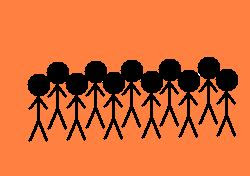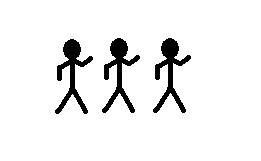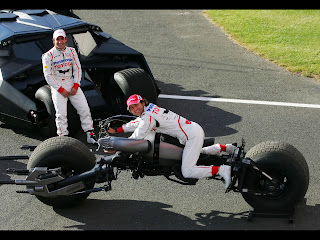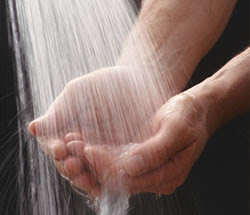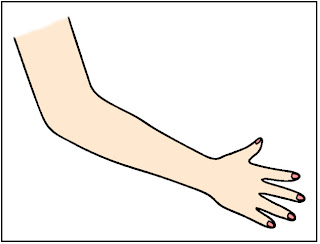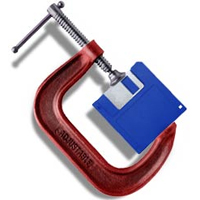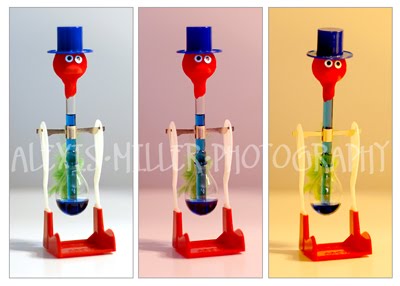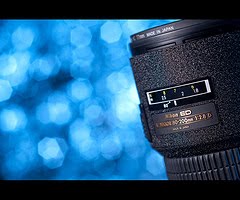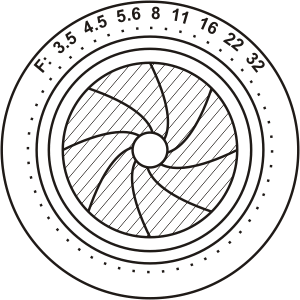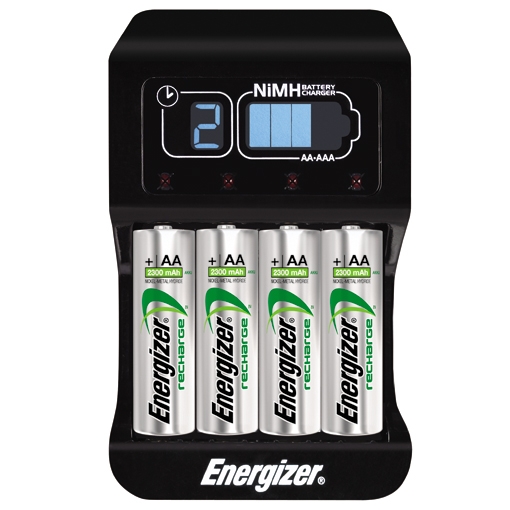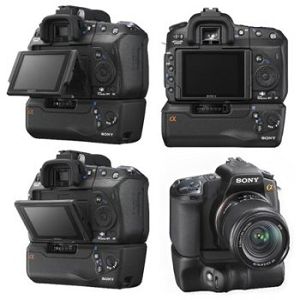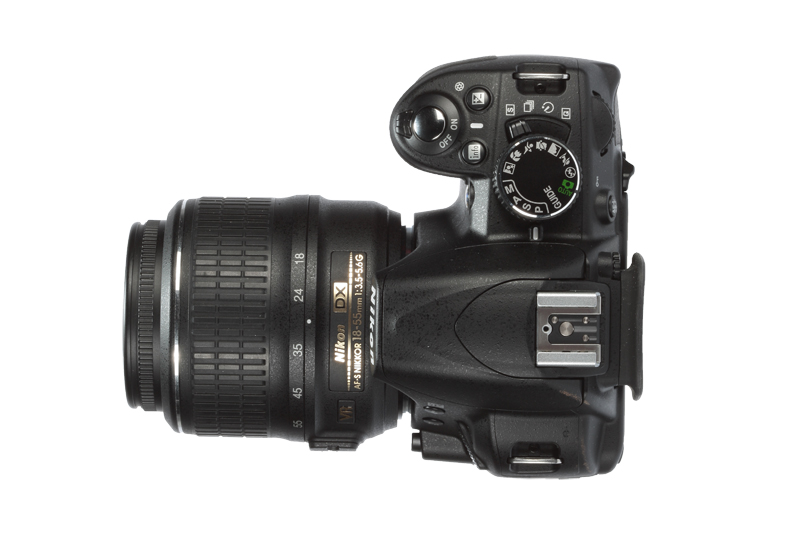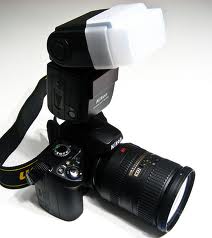
Control the Hair Light
The hair light is an optional light that can be used to accent the subject’s hair and create highlights that help separate it from the background. Adding barn doors to this light (black, metallic, adjustable flaps that can be opened or closed to control the width of the beam of the light) will help keep the light just where you want it and prevent stray light from hitting the camera lens, reducing the potential for lens flare. Hair lights are frequently undiffused sources, so they are normally adjusted to a reduced power setting. In some cases, however, strip lights (small softboxes) are used as hair lights because of their easy mobility and broad diffused highlights.
Use a Background Light
The background light is a low-output light. It is used to illuminate the background so that the subject and background will separate tonally. The background light is usually used on a stand placed directly behind the subject, out of view of the camera lens. It can also be placed on a higher stand or boom and directed onto the background from either side of the set.
Add Kicker Lights
Kickers are optional lights that are used in much the same way as hair lights. These add highlights to the sides of the face or body to increase the feeling of depth and richness in a portrait. Because they are used behind the subject, they produce highlights with great brilliance, as the light just glances off the skin or clothing. Since kickers are set behind the subject, barn doors should be used to control the light.
Choose Broad or Short Lighting
There are two basic types of portrait lighting. Broad lighting means that the main light is illuminating the side of the face turned toward the camera (the more visible side of the face). This is used less frequently than short lighting because it flattens and de-emphasizes facial contours. It is often used, however, to widen a very thin or long face.
Short lighting means that the main light is illuminating the side of the face turned away from the camera (the less visible side of the face). Short lighting emphasizes facial contours and can be used as a corrective lighting technique to narrow a round or wide face.When used with a weak fill light, short lighting produces a dramatic look with bold highlights and pronounced shadows.


